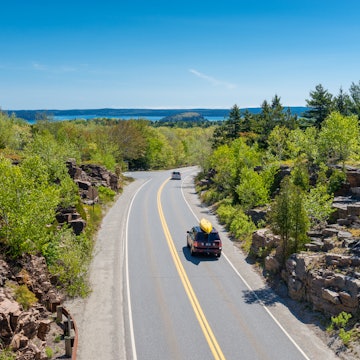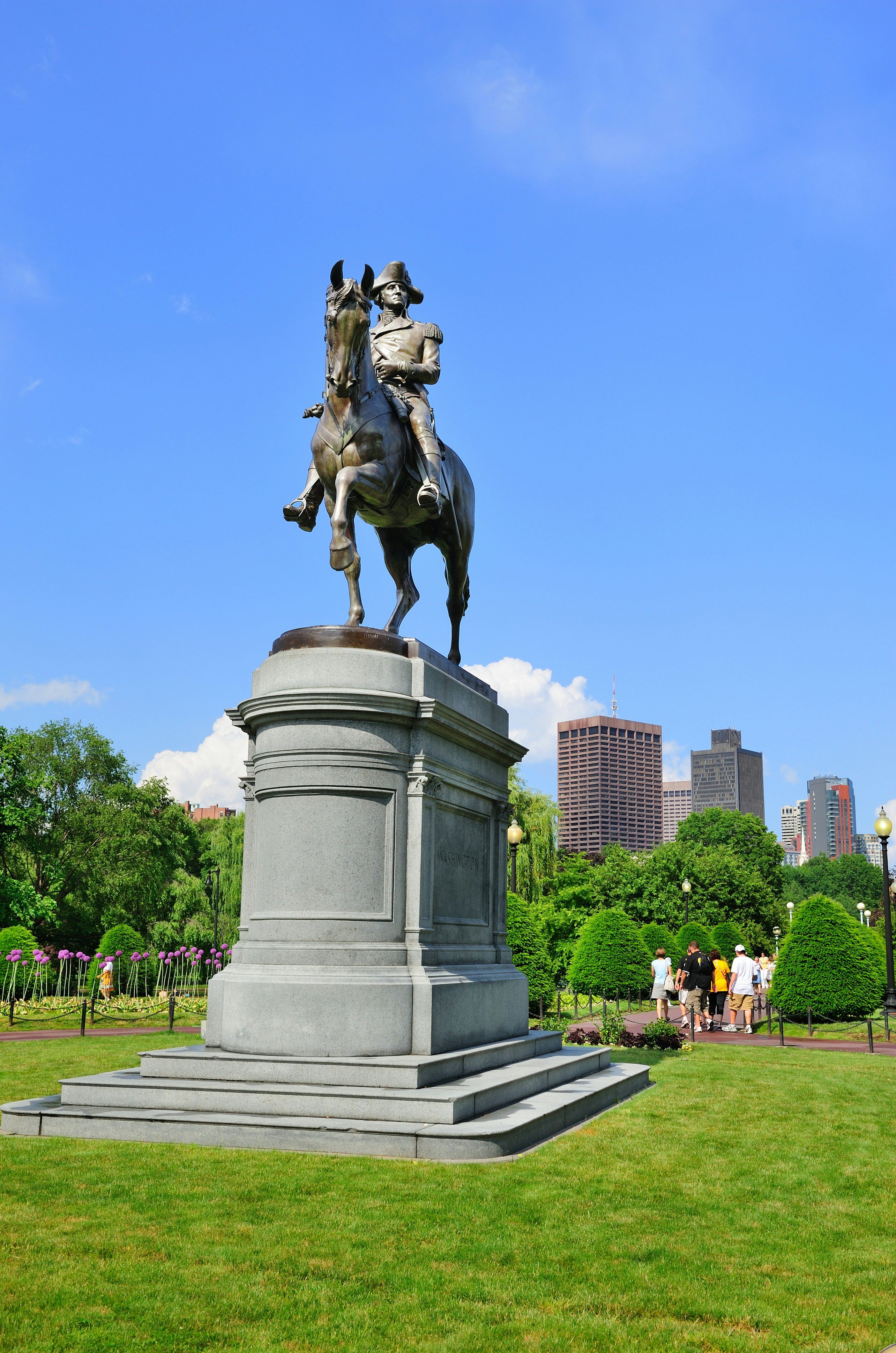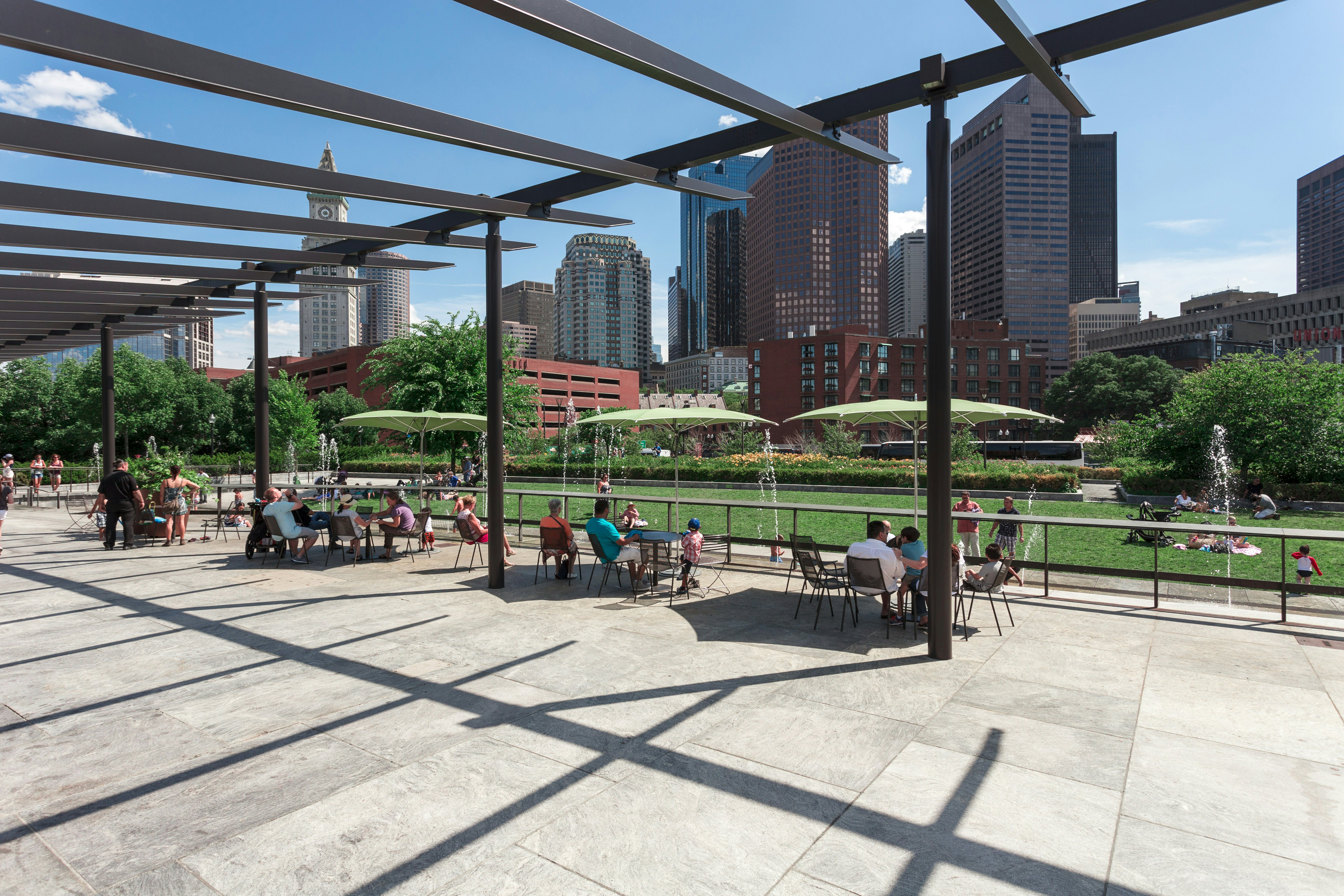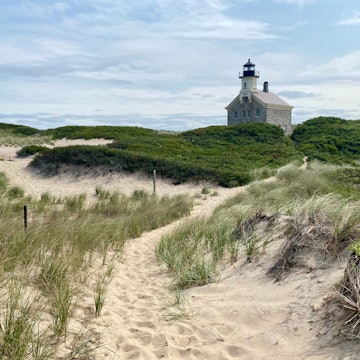

Boston common
Everybody knows about its world-class museums and historical sites, but Boston also offers a network of verdant parks, welcoming waterways and delightful shopping streets, making it a wonderful walking city. Take a break from the crowded downtown streets and discover another side of Boston. Here are some of our favorite Boston city parks.
Emerald Necklace
The Emerald Necklace is an evocative name for a series of parks and green spaces that weave some 7 miles through Boston, from the Boston Common to Franklin Park. Designed by Frederick Law Olmsted in the late 19th century, the Emerald Necklace treats city residents to fresh air, green grass and flowing water, right within the city limits. It’s well suited for cycling, so hop on a bike and go for the green.
At its northern end, the Boston Common and the Public Garden anchor the green chain.

Boston Common
America's oldest public park, Boston Common has a long and storied history, serving as a campground for British troops during the Revolutionary War and as green grass for cattle grazing until the 1830s. Nowadays, the Common is a place for picnicking and people-watching. In winter, the Frog Pond attracts ice-skaters, while summer draws theater lovers for Shakespeare on the Common. This is also the starting point for the Freedom Trail.
The on-site information kiosk is a great source of information, maps and tour guides. Otherwise, wander freely about this 50-acre green, crisscrossed with walking paths and dotted with monuments. Bostonians hustle to and from the nearby T (subway) stations; others stroll at a leisurely pace, enjoying the fresh air or engaging in any number of Common activities, from free concerts to playground shenanigans to seasonal festivities.

Public Garden
The Public Garden is a 24-acre botanical oasis of Victorian flowerbeds, verdant grass and weeping willows shading a tranquil lagoon. At any time of year, don’t miss the famous statue Make Way for Ducklings, based on the beloved children’s book.
Back Bay Fens
From here, the Commonwealth Ave mall stretches west to Fenway. The Back Bay Fens follows the muddy river as it winds its way south. The Fens features well-cared-for community gardens, the elegant Kelleher Rose Garden, and plenty of space to toss a Frisbee, play pick-up basketball or lie in the sun.
Olmsted Park
Olmsted Park features a paved path that hugs the banks of Leverett Pond and Ward's Pond in Jamaica Plain. The idyllic spring-fed Jamaica Pond, on the west side of the Jamaicaway, is more than 50ft deep and great for boating, fishing, jogging and picnicking. Beautifully landscaped and wonderfully serene, the Arnold Arboretum will appeal not only to green thumbs and plant lovers, but also to anyone who can take time to smell the roses.

Arnold Arboretum
Under a public-private partnership with Harvard University, the 265-acre Arnold Arboretum is planted with over 15,000 exotic trees and flowering shrubs. This gem is pleasant year-round, but it’s particularly beautiful in the bloom of spring. Dog walking, Frisbee throwing, bicycling, sledding and general contemplation are encouraged (but picnicking is not allowed). The southern Forest Hills gate is located on the Arborway just west of the metro station.
A visitor center is at the main gate, just south of the rotary at Rte 1 and Rte 203. Free one-hour walking tours are offered several times a week from April to November.
Franklin Park
Franklin Park, at 500-plus acres, is an underutilized resource, partly because it is so huge. Still, on weekend afternoons the park is full of families from the nearby neighborhoods of Jamaica Plain, Dorchester and Roxbury. Take the orange line to Stony Brook, Green St or Forest Hills and walk about a half-mile east to the park's edge. Franklin Park Zoo is also contained within the park.

Charles River Esplanade
When we talk about the “waterfront,” we're usually talking about the Boston Harbor. But there's a second, equally appealing waterfront along Charles River. The Esplanade is a long and narrow riverside park that offers endless opportunities for outdoor recreation, from playgrounds and picnic areas to bike trails and ballparks. There's no swimming in the river, but there is sunbathing, sailing, kayaking and canoeing. The Hatch Memorial Shell is a venue for (free) outdoor entertainment, including the annual July 4 concert by the Boston Pops.
There are several children's playgrounds along the Esplanade, including the Charlesbank Playground, near the Museum of Science, and the Stoneman Playground, near Massachusetts Ave.

Cambridge Common
Opposite the main entrance to Harvard Yard, Cambridge Common is the village green where General Washington took command of the Continental Army on July 3, 1775. Dawes Island at the south end pays tribute to William Dawes, the “other rider,” who on April 18, 1775 warned that the British were coming (look for the bronze hoofprints embedded in the sidewalk).
Parents take note: the excellent playground at the northern end features a Viking ship, a climbing web and plenty of water play.
Rose Kennedy Greenway
The gateway to the Boston waterfront is the Rose Kennedy Greenway. Where once was a hulking overhead highway, now winds a 27-acre strip of landscaped gardens and fountain-lined greens, with an artist market for Saturday shoppers, and food trucks for weekday lunchers.
Walking the Greenway from north to south, here's what you'll find along the way.

North End Park
Designed as the North End neighborhood's front yard, the wide lawn is a perfect place for a picnic.
Labyrinth
Calm your mind and contemplate the moment as you follow the granite path, winding its way around a serpentine route. The labyrinth represents the journey of life. (The destination is beside the point.) Dedicated by the Armenian Heritage Foundation, the nearby sculpture honors the immigrant experience.

Take a ride on the backs of local sea and woodland creatures, such as American lobsters, harbor seals, monarch butterflies and red-tailed hawks on the Greenway Carousel. This one-of-a-kind carousel was designed by local artist Jeff Briggs with help from local school children.
Next stop on the greenway: The Boston Harbor Islands Pavilion. Don't miss the nearby Harbor Fog Sculpture, which immerses passers-by in the sounds and sensations of the harbor.
Stop for lunch at Dewey Square, where food vendors and farmers markets offer something for everyone you're traveling with. And don't miss Chinatown Park, with its Asian gardens, Chinese chessboards and Falun Gong practitioners.
Castle Island & Fort Independence
The 19th-century Fort Independence sits on 22 acres of parkland called Castle Island (a misnomer, as it’s connected to the mainland). A paved pathway follows the perimeter of the peninsula – good for strolling or cycling – and there is a small swimming beach. Kids get a kick out of watching the low-flying planes heading in and out of Logan Airport.
From the Seaport District, walk south on Summer St for about a half-mile, then turn left on East 1st St and continue to the waterfront.
Langone Park
Another designed by Frederick Law Olmsted, this peaceful waterside park belies the history of this site: in 1919, a huge distillery tank burst, sending forth a flood of molasses that destroyed homes, killed 21 people and injured hundreds more. Nowadays, you'll see North Enders speaking Italian and playing bocce.

Freedom Trail
For a sampler of Boston’s revolutionary sights, follow the red-brick road. It leads 2.5 miles through the center of Boston, from Boston Common to the Bunker Hill Monument, and traces the events leading up to and following the War for Independence. The Freedom Trail is well marked and easy to follow on your own – an ideal strategy if you actually wish to enter some of the historic buildings and museums. Otherwise, there are plenty of tours that follow this trail, including the National Park Service's (NPS) free option.
You might also like:
21 free things to do in Boston
How to spend the perfect weekend in Boston
How to cheat your way around Harvard
















